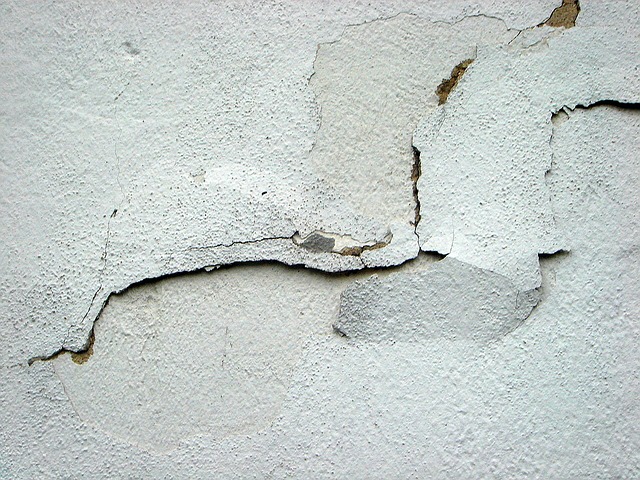Structural Is Costly
Serious structural faults in a house can pose significant risks and may require immediate attention. Some common examples of serious structural faults that a home inspection can reveal are discussed below.
Foundation Defects
Cracked or sinking foundations can compromise the stability of the entire structure and lead to uneven floors, walls, and ceilings.
Load Bearing Wall Damage
Damage to load-bearing walls, such as severe cracks or sagging, can weaken the structural integrity of the house and potentially result in a collapse. As well, the trend to renovate older homes to an open floor plan where load bearing walls are removed, can pose serious risk of structural movement, if loads are not properly redistributed and resupported.
Roof Problems
Roof leaks, sagging, or missing shingles can lead to water damage, rot, and compromised structural stability, especially during extreme weather conditions.
Settlement
Uneven settling of the house can cause significant structural issues, including cracked walls, sloping floors, and jammed doors or windows.
Defective Beams or Columns
Faulty, missing or deteriorating support beams or columns can result in sagging floors, leaning walls, or even a complete structural failure.
Termite or Pest Damage
If left untreated, extensive termite or pest damage can weaken wooden structures, compromising the overall stability of the house. However a home inspection usually excludes this item from the report as it is usually requires invasive (destructive) measures to determine the extent of damage.
Further Investigation
It is essential to consult with a qualified structural engineer or a professional contractor to assess and address these serious structural faults to ensure the safety and stability of the house. We always advise that this investigation be carried out prior to the subject removal date.

